THE JEFFERSON CLUB - NOVEMBER 2019
This month, for Just A Taste’s Jefferson Club, we take a look at an historic producer creating a modern wine with Barone Ricasoli’s “Casalferro” 2015.
“Each wine we produce has a very independent personality, though all are produced in the same territory. The credit lies in the multifaceted soils, altitudes and microclimates that allow us to bring out the true nature of the Brolio Terroir.”
Tuscany - The Creator of Chianti making Super Tuscans
To truly gain an appreciation for wine, it is imperative to explore the classics. The First Growths of Bordeaux. Opus One and B.V. in Napa. The Grand Crus of Burgundy. But what about those who push the envelope? Marchesi Antinori took the world by storm when he first released Tignanello, and a new tradition was born: The Super Tuscan. Suddenly, non-traditional varieties could be explored and thrive in historic growing regions.
Barone Ricasoli “Casalferro” Toscana 2015
Producer: Barone Ricasoli
Winemaker: Carlo Ferrini
Region: Italy, Tuscany, Chianti (labeled Toscana IGT), Casalferro vineyard
Grape Varietal: 100% Merlot
Viticulture: sustainably farmed south-facing vineyard at 400 meters above sea level; clay loam soils
Method: 18 month elevage in tonneaux, 30% New.
Serving Suggestions: decant and serve at 60-65 F, serve with smoked or grilled lean red meat
Age: drink 2019-2030
Nose: ripe cherry, raspberry liqueur, crushed rock, pencil shavings, pipe tobacco, licorice,
Palate: medium-plus body with firm, tight tannins, pronounced acidity, and a savory backbone
Finish: chalky texture with red fruits, oak spice, and lingering cherry, spice, and vanilla flavors
Courtesy of Consorzio Vino Chianti Classico.
Tuscany - chianti classico & the “Super Tuscans”
Evidence of grapegrowing in Tuscany extends back as early as the 8th century BC, and the region soon gained a reputation for quality. Over the next fifteen hundred years, as vineyard holdings moved into and back out of the hands of the church, a sharecropping system developed in which the practice became common to diversify the land plantings between vines, olive trees, grains, and pasture for a variety of animals. As the merchant and aristocrat classes emerged, the estate owners began to focus on higher production, and the wines flourished.
By 1716, the historic Chianti region (later re-defined as Chianti Classico DOCG), was defined as spanning from Firenze in the north to Siena in the south. Even during this time, producers from beyond these borders tried to pass of their wines as Chianti, and some producers from within began diluting theirs to stretch their profits. So, in 1872, Barone Bettino Ricasoli prescribed the modern Chianti blend, or rather blends. His first recipe called for the addition of small amounts of Malvasia, a white grape, to make a simpler Chianti wine meant for immediate consumption. However, a “nobler” blend of predominantly Sangiovese with other indigenous red varietals was suited for serious wines meant for the cellar. However, as time went on, the simpler Chianti recipe became even further diluted, and another split was inevitable.
During the 1960s, new laws began sweeping the European wine industry, and several appellations of origin were created, including the Chianti DOC in 1963. However, these new regulations defining Chianti was a poor reflection of the original delimited zone and Bettino’s original blend. Up to 30% of white wines, including the prolific white grape Trebbiano, and the wine brand diminished (think back to the fiasci bottles of Chianti so common in dorm rooms of the 70s - straw-covered flasks with gluggable wines within). Serious producers, wanting to distinguish themselves from these cheap, aldulterated versions of their precious vino, began looking outside the DOC system to market their wines in the 1970s, with Antinori’s Tignanello, a blend of Sangiovese and Cabernet Sauvignon, leading the charge. Soon, the world began to pay closer attention to these behemoths, and the identity of quality wines from Tuscany was reborn. Jump forward half-a-century to modern times, and Chianti Classico has undergone a renaissance. Since 2006, Chianti Classico DOCG eliminated the use of white grapes in the blend, calls for a minimum of 80% Sangiovese with indigenous red varietals and a small portion of “international” varietals, and each wine must pass a taste-test before given the iconic rooster seal of the Chianti Classico DOCG. In 2013, a new category of Chianti Classico, Gran Riserva, was introduced, with Barone Ricasoli’s Castello di Brolio helping lead the charge.
About barone ricasoli Casalferro
“The history of the Ricasoli family has been linked to wine since 1141, when there is written testimony attesting that the Ricasoli family already possessed Brolio Castle. Francesco Ricasoli, current owner and President of the company, has generated new ideas and concepts to render the vineyards sustainable. The ongoing study of soil types and the clonal selection of the Brolio Sangiovese are among his greatest passions, and he has totally renovated the vineyards and completely mapped them.”
When I think of iconic Chianti Classico, Barone Ricasoli and Castello di Brolio come first to my mind. The estate is currently managed by Francesco Ricasoli, descendant of Bettino Ricasoli. Like the “Iron Baron,” Francesco has a mind for always improving the lands and wine while respecting the tradition of Chianti Classico and ensuring the heritage to continue for generations to come.
In 1993, when he took over management, he remapped the vineyards and introduced a new line of wines, one of which is Casalferro, a single-vineyard 100% expression of Merlot. This vineyard is situated 400 meters (1312 feet) above sea level and faces south. This high elevation and southern exposure ensures a retention of acidity while reaching full ripeness; even with these elements in play, the wine is only produced in what is considered exceptional years.
The Casalferro is a shining example of an historied estate not resting on its laurels but moving forwards while still expressing a true Tuscan character.



